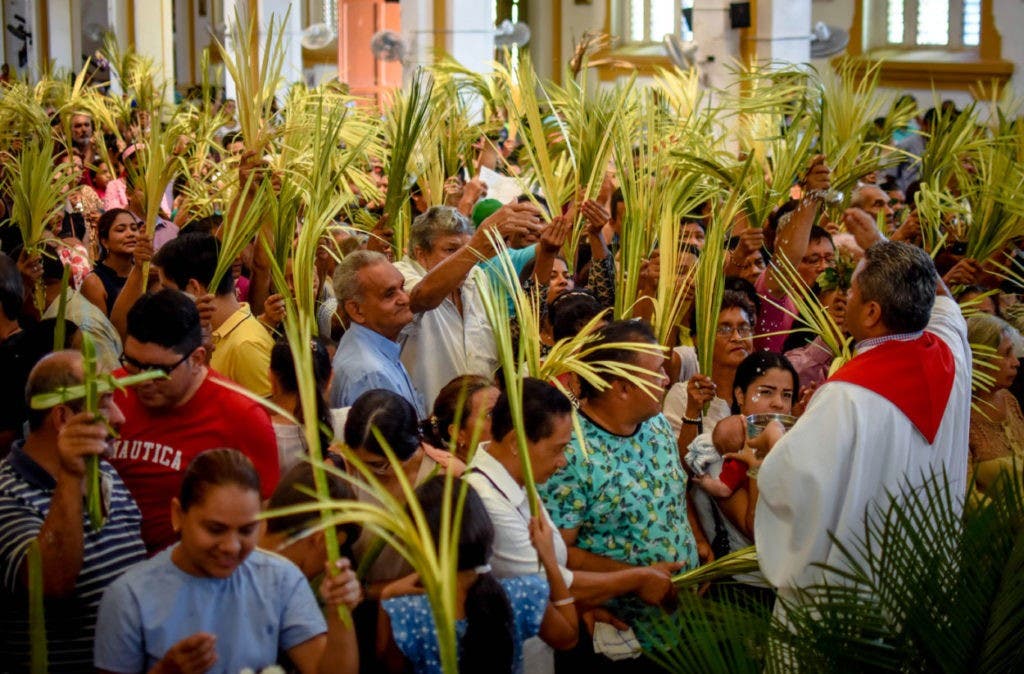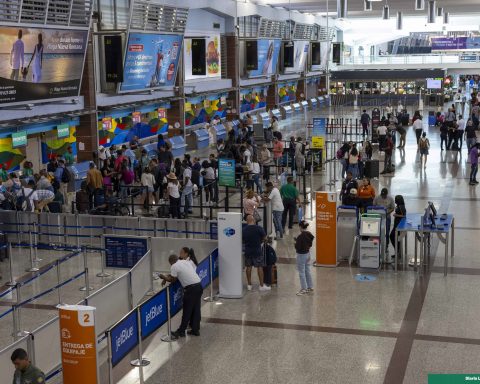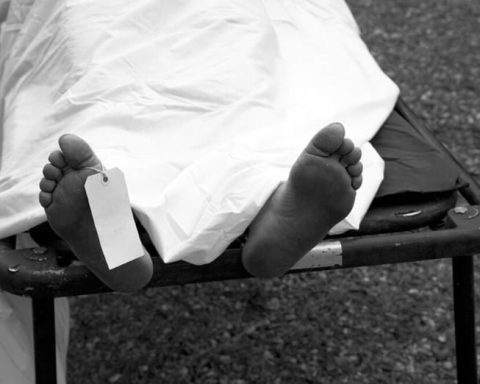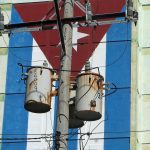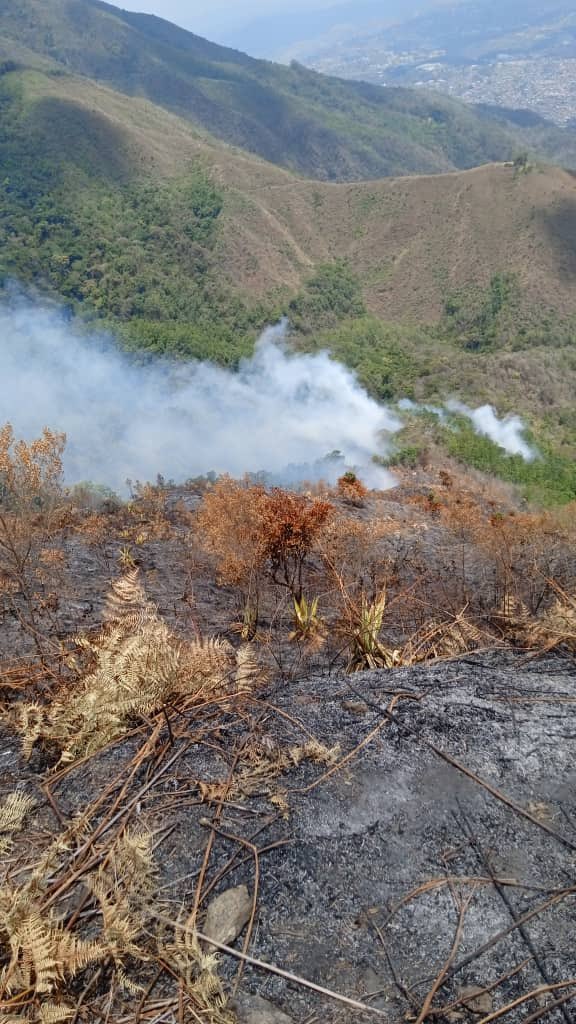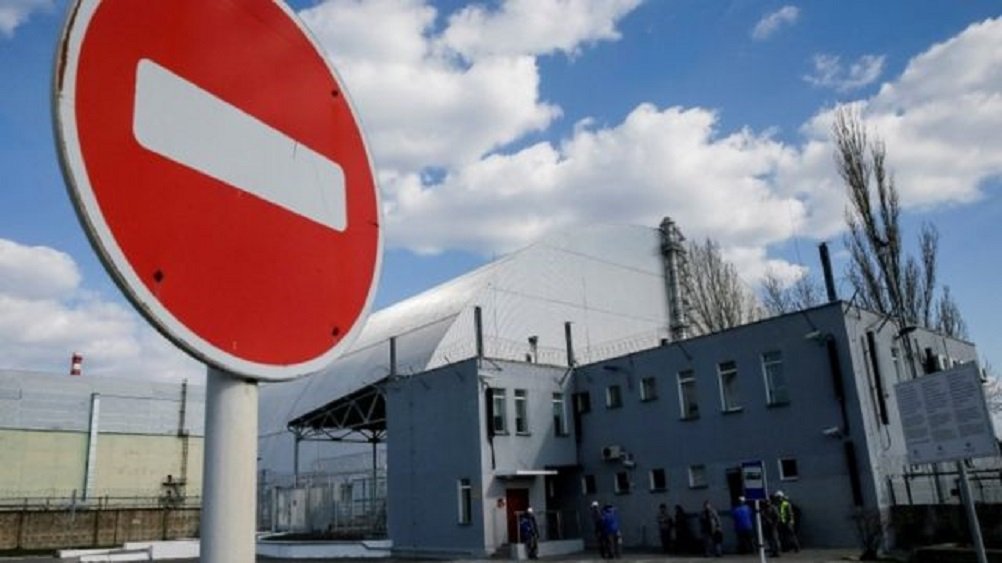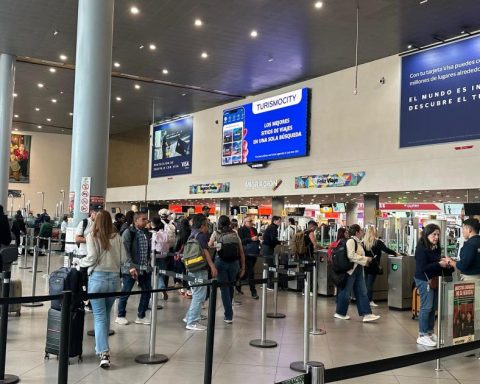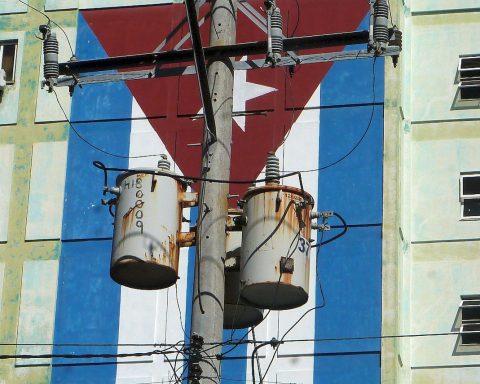“Blessed is he who comes in the name of the Lord!”; “Hosanna in the highest!” was the cry of the first followers of Jesus who, extending olive branches, mantles and palms, received him as king in Jerusalem. Thousands of Catholic Christians and other denominations commemorate that day with Palm Sunday, which marks the beginning of Holy Week or Major Week and the end of Lent.
It is the preamble to the commemoration of the passion, crucifixion, death and resurrection of Christ.
Millions of Catholics around the world and Christians of other denominations celebrate the entry of Jesus into Jerusalem and his acclamation as the Son of God by shaking palms and branches of other trees.
Christian tradition indicates that Jesus entered Jerusalem mounted on a donkey and was acclaimed as king by his followers, who spread cloaks, olive and palm branches as he passed. Palm Sunday is given the name because Jesus was received with palm branches by his followers.
This celebration is based on the Bible, both the book of Matthew 21:1-11; Zechariah 9,9, the latter a minor prophet of the Old Testament.
Zechariah prophesies it this way: “Rejoice, daughter of Zion; she shouts for joy, daughter of Jerusalem; Behold, your king will come to you, righteous and saving, humble, and riding on a donkey, on a colt foal of a donkey” (Zech. 9,9)
The Eucharist on Palm Sunday has two important moments. The first is the procession of the palms and their blessing by the priest. The second is the reading of the word that evokes the Passion of the Lord, in the Gospel of Saint Matthew.
Hence, the liturgical color of Palm Sunday is red, since the Passion of the Lord is commemorated.
Palm Sunday should be seen by Christians as the moment to proclaim Jesus as the fundamental pillar of their lives, just as the people of Jerusalem did when they received and acclaimed him as prophet, Son of God and king.
The olive and palm branches are the sign par excellence of the renewal of faith in God. They are credited with being a symbol of the life and resurrection of Jesus Christ. Likewise, they also recall the faith of the Church in Christ and the proclamation of him as King of Heaven and Earth.
During this time, it is customary for people to have the blessed bouquets in their homes. Many make crosses with their palms and put them either behind the door, or on the crucifix, or on sacred images or religious paintings.
in DR
The first Palm Sunday ceremony in the new world took place in the humble church of wood and cane leaves dedicated to Our Lady of the Rosary on the eastern bank of the Ozama River when the city of Ovando was established, according to researcher José Méndez.
He says that it was from there that the first bouquets and the procession of that day that marks the beginning of Holy Week were blessed.
With the transfer of the city to the western part, the cults of this day began to be celebrated in the temples that were erected in different years.
The Primatial Cathedral of Santa María de la Anunciación presided over the official services on this day.
While the archbishop on duty blessed the bouquets and then the procession was carried out around the Plaza Mayor, today Parque Colón.
beliefs
The population of ancient Santo Domingo attributed extraordinary powers to these blessed palms. They were thought to ward off lightning, storms, and evil spirits. They were placed in the windows and rooms of the houses.
This year, for the first time in 70 years, the procession with the image of Jesus riding a donkey will take place in the morning (at 10 am) and not in the afternoon after the blessing of the Palms, which for more than 100 years the archbishop did.
The cathedral will have the blessing and mass at 12 noon. The Order of Capuchin Friars Minor has been in charge of sustaining these cults from the patronal temple of Nuestra Señora de las Mercedes for more than 112 years in the colonial city.
Today millions of Catholics around the world go to churches to bless palm and olive branches. Another meaning that today has is that Jesus Christ enters Jerusalem, freely to give his life for us, and was acclaimed king and Lord of life and history.
Many go to the temples with flowers because it is a day of joy, celebrating that Jesus is king. It is a solemn act and the community celebrates it with bouquets as a symbol of joy. The Catholic hierarchy also these days sets its position on issues that concern people.
Changes
With the arrival of the Capuchin friars at the temple of Las Mercedes in 1909, they suspended the procession with the image of the Captive as its iconography did not adjust to the celebration of the bouquets.
Until the year of 1952 the procession left only with the faithful with palms in their hands. In this year, 2 carvings of Jesus mounted on a donkey were brought (the second sent to the parish of San Pedro Apóstol, today a cathedral in San Pedro de Macorís). This year marks the 70th anniversary of this image appearing through the streets of the colonial city of Santo Domingo. Outside of the processions, the liturgy orders that all the Churches, except in special situations, must bless the branches outside the temples and enter the interior of their churches clapping their hands. Catholics attach great importance to this celebration.
